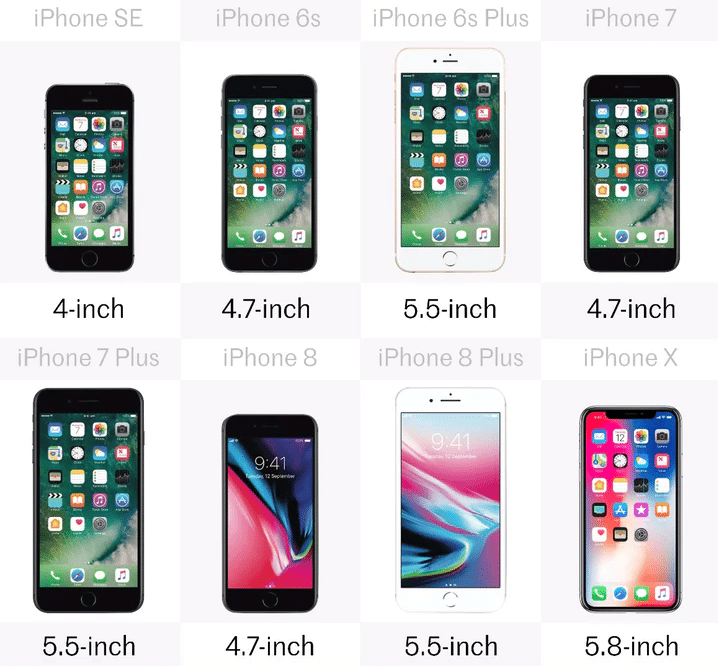There are many different cell phone screen sizes on the market today. With so many options, it can be difficult to determine which size is right for you. This article will provide a guide on how to measure cell phone screen size.
Table of Contents
How To Measure Cell Phone Screen Size?
There are a few ways to measure cell phone screen size. You can use a ruler to measure the width and height of the screen, or you can use an online tool.
Width: To measure the width of the screen, place the ruler on the left side of the screen and measure to the right side.
Height: To measure the height of the screen, place the ruler at the top of the screen and measure to the bottom.
Tools: If you don’t have a ruler, you can use online tools to measure cell phone screen size. There are a few different websites that offer this service, including PhoneArena and GSMArena.
To use these tools, simply enter the name of your phone model and the tool will show you the dimensions of the screen.
How are smartphone screens measured?
Smartphone screen sizes are determined by measuring diagonally from the top left-hand corner of the display to the bottom right-hand corner.
These measurements are given in inches. The Galaxy Note 20 Ultra, for example, has a 6.9-inch display and is therefore considered to be bigger than previous generation Samsung phones with screens of similar size.
Mobile phone screens are typically measured in inches, but in several nations, including Europe and India, mobile phone display sizes are also recorded in centimeters.
If you’re converting inches to centimeters, multiply the inch figure by 2.54 (1 inch = 2.54 cm or centimetres). To convert screen size in inches to cm, divide by 2.54.
Why is the size and resolution of your phone’s screen so crucial?
This is very crucial for mobile app developers. Before, during, and after you create a mobile app, you should consider the following factors:
Why?
Smartphone displays are essential since there are many different screen sizes to consider. Whether you’re creating for Apple or Android, both platforms have a large variety of devices.
This is something to keep in mind: resolution and aspect ratio are significant. This is because the resolution of different displays may have an impact on how developers create their apps. There are particular tools that all app designers must possess as a result of this information.
So, as you can see, both screen size and resolution are important for different reasons.
The size and resolution of your mobile app can be optimized for a variety of devices by understanding them. This refers to smartphones, tablets, and other displays where users may download your app.
How to compute the number of pixels per inch?
The difference between the screen’s size and the resolution of the screen is important to grasp.
The screen dimensions are measured in inches. It’s the actual screen size of a particular device.
For example, here are the screen sizes of some of the latest iPhone from Apple that you’re probably familiar with.

Not all mobile phones are the same. Some cellphones have larger displays than others. I’ve seen screens on smartphones that are too big to fit in my pocket. All of this has an impact on pixel density, pixel size, width, and other factors.
How can I detect my phone’s screen resolution?
Detecting the screen resolution of a device is a straightforward task. This can be done in various ways, but we suggest using either of the following two methods:
Method 1:
Visit your device’s settings and navigate to “Display.” You should see an option there for “Screen Resolution.” Tap on that, and you’ll be able to see your device’s resolution.
Method 2:
Another way to detect your device’s screen resolution is by using a website like Screen Resolution Calc. Simply enter the dimensions of your device’s screen, and the website will show you the resolution.
How would you know which resolution is good for you?
The resolution of your device is important to understand because it will affect the display of your apps. When selecting a resolution that’s best for you, you should consider the following:
-The size of your screen
-The distance between you and your screen
-Whether you want to use one hand or both hands to use your device
-Your visual acuity
Based on the answers to these questions, you can then decide on a resolution that’s best for you.
Now that you know how to measure cell phone screen size, you can select the right phone for your needs. Keep in mind that different models may have different dimensions, so be sure to check before making a purchase. Thanks for reading!
